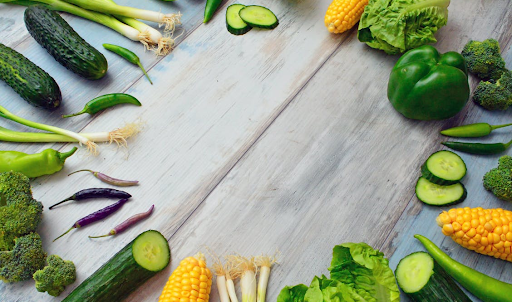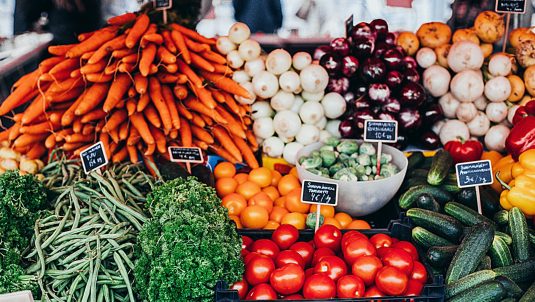With so many people trying to eat healthier these days, some consumers may find themselves overwhelmed by product packaging that includes terms like “all-natural” or “cage-free” when they visit the grocery store. While that’s understandable, you can take comfort in knowing that there are organizations that monitor the use of certain words on product packaging so that labels don’t mislead people into thinking the products are healthier than they really are.
When it comes to organic food, it’s largely up to the U.S. Department of Agriculture to monitor the use of the word “organic” to refer to food sold in grocery stores. If eating organic is important to you, you should know that you can identify organic food products by looking for one of three things on the label.
If the label identifies a product as 100 percent organic, it’s a sign the item consists solely of organic ingredients. When a label says a product is organic, it means the item was made with ingredients that were at least 95 percent organic. If a package says the food contained within is made with organic ingredients, you can be confident that the food was made with at least 70 percent organic ingredients and that the remaining 30 percent of the ingredients don’t contain any genetically modified organisms.
How to Tell if the Food Is What Organic Restaurants Claim It Is – Organic
People who prioritize organic eating are all too familiar with stories about organic restaurants claiming to serve organic food that isn’t truly organic. While discerning whether food at a grocery store is organic is easy thanks to labeling requirements enforced by the USDA, doing the same at a restaurant isn’t usually as simple.
One way you can tell if the food at a given organic eatery is organic is to check the restaurant’s certification. If the establishment is certified organic, it’s been thoroughly inspected to ensure it deserves its enviable label as such.
Unfortunately, getting certified can be a time-consuming, costly process for restaurants. For that reason, may eateries choose to bypass the certification process, which sometimes forces you to take their word about their organic dishes.
You don’t have to operate on pure faith in many instances, however. You can look at the condiments on your table, for example, and inspect them for an organic seal before you even order anything. Scheduling a tour of the kitchen during an eatery’s downtime can help you figure out if the food it serves is truly organic, assuming that’s an option. Asking your server where the food the restaurant serves was sourced can help you determine if the fare is organic as well.
If you’re curious about whether the food at a restaurant is organic, the key is to communicate with your server or a manager. Don’t rely on the eatery’s name alone because restaurants only have to make reasonable efforts to serve truly organic food to include organic in their names.
Consult Organic Restaurants
Would you like more tips that can help you tell if the food a restaurant serves is really organic, or do you need assistance with finding an organic restaurant near you? If so, get in touch with Organic Restaurants today.
Find restaurants with organic options near you
Search by city or see restaurants close to you.






 Sign in with Google
Sign in with Google Sign in with Facebook
Sign in with Facebook